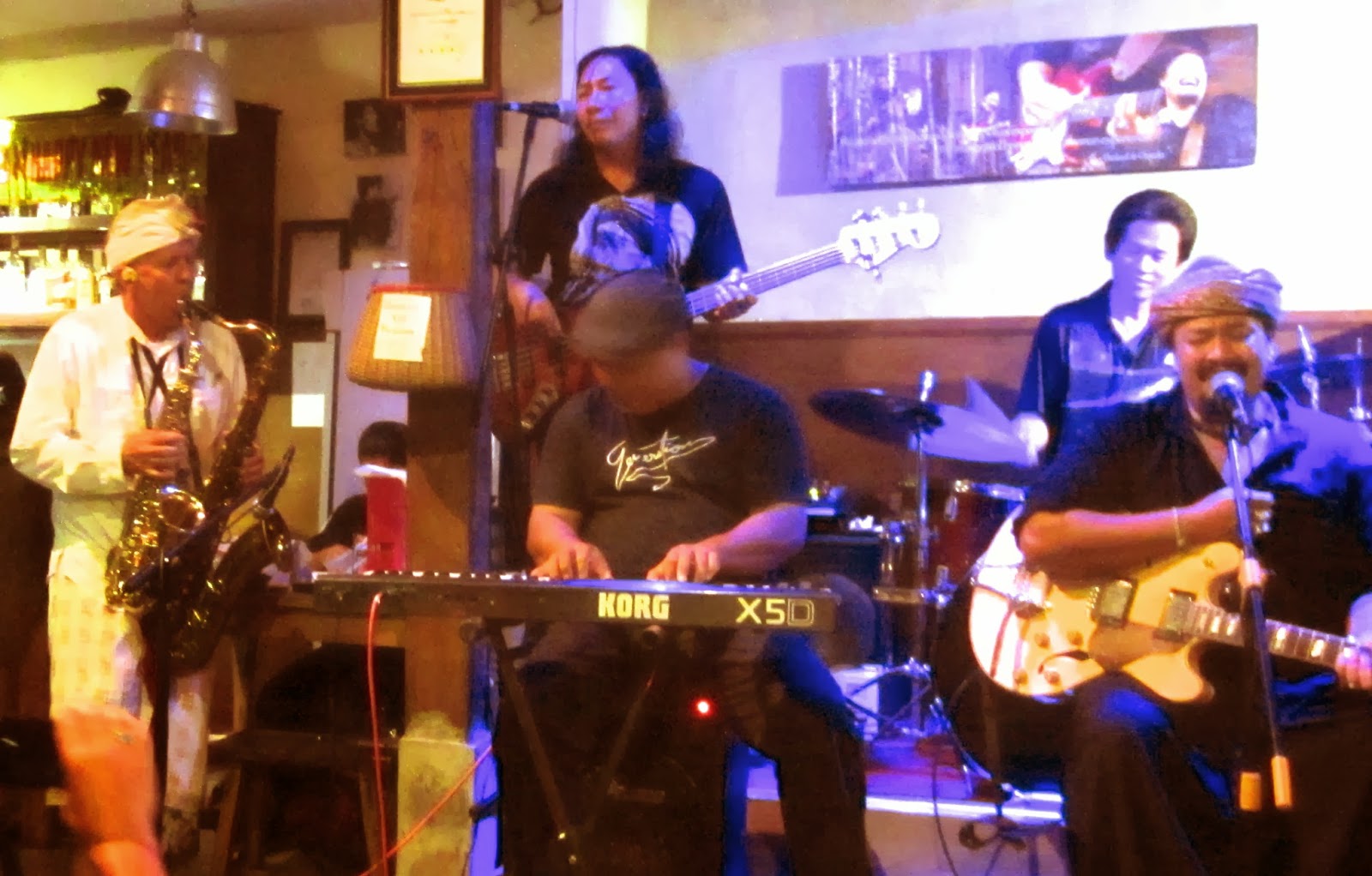Bill Bryson, the humorous travel writer and popular polymath,
once said, “I can't think of anything that excites a greater
sense of childlike wonder than to be in a country where you are ignorant of
almost everything. Suddenly you are five years old again. You can't read
anything, you have only the most rudimentary sense of how things work, you
can't even reliably cross a street without endangering your life. Your whole
existence becomes a series of interesting guesses” (in Neither Here Nor There: Travels in Europe).
 |
So we generally try to avoid the subject of
politics—except to notice things in other countries that put our American
political system to shame. A few of the superior political ideas and practices
we have encountered so far include: compulsory voting (in Australia and
Thailand); the constitutional right to affordable, high-quality health care in
Thailand; and mandatory retirement (at half salary) for Indonesian teachers who
reach age 62.
 |
Friends at home and abroad were emailing us, concerned for our safety, although
we have never felt any personal danger in Thailand (or anywhere on our travels
so far—except from monkeys). So we started reading The Bangkok Post (Thailand’s English-language newspaper), trying to
discover what was at issue in this Buddhist democracy. We also had
conversations with some of our Thai hosts, who were eager to help us—and watch
us—understand. Through this research we’ve collected enough information to hazard
an opinion about what’s up, politically, in Thailand.
The latest round of Thai political protests are set against a
very long and wide backdrop, of course. Thailand and Brunei are the only two
countries in the ASEAN region that were never colonies of a European country.
For this reason, both countries have powerful royal families that are much
loved by the general population (although younger adults tend to be less
devoted monarchists than older citizens).
 |
The current king of Thailand (whose birthday, celebrated just as we arrived, is the nation’s biggest holiday) has ruled since 1946. He is now 86 and is wheelchair-bound. In his younger days he may have been able to knock heads and bring opposing factions to the table. That’s not likely to happen now.
Thailand has been a constitutional monarchy since
1932. Remarkably, women have voted in Thailand since 1897! Democracy has a long
but fragile history in Thailand, and it is very much up for grabs as the
protests mount.
 |
Contemporary Thailand has at least four major political parties, but the two most quarrelsome are identified by the color of shirts their vocal followers wear. The “Red Shirt” UDD (United Front for Democracy Against Dictatorship) is a populist movement whose chief concern is justice and opportunity for the rural poor. Yingluck Shinawatra, from the allied Pheu Thai party, became Thailand’s first female primary minister in 2011, following a landslide election that international monitors judged to be free and fair.
The “Yellow Shirt” PDRC (People’s Democratic Reform
Committee) is the party that has engineered the protests. This party’s
leadership are wealthy, educated, Bangkok people, who think that the current
government is corrupt. The PDRC party line is that, from its rural (and
Northern) power base, Thailand’s elected (but corrupt) officials are raising
the tax burden on the prosperous and well-employed residents of the capital city,
with the aim of redistributing wealth, unsustainably, from the rich to the
poor.
Comparing the Yellow-Shirt protestors to the American
Tea Party activists may be too simple a comparison, but the similarities are,
in many respects, striking. The Yellow Shirts think the current government
needs to be radically reformed, and they are perfectly willing to throw sticks
in the spokes of government. The protests you see on TV are actually anti-democratic,
not pro-democratic. Those engineering them not only resemble the Tea Party.
They also resemble the members of Thai elite whose fascination with fascism led
the country to side with Japan in the early days of the constitutional monarchy.
 |
The PDRC is “Democratic” in name only. Its leaders aren’t calling for another election they know they would lose. Some of them want the monarchy to return with a new constitution. Others want an appointed committee to rule (even though almost half of the Thai Senate is, according to the current constitution, already appointed rather than elected). The scariest voices in the PDRC urge a return to military rule, but so far the military is shying away from seizing power.
But democracy is fragile in Thailand. The Bangkok
police and the Thai military both have a history of heavy-handed responses to
internal conflict. To its credit, the big protest we witnessed on Monday,
December 9 (in which more than 150,000 citizens flooded the streets of Bangkok),
was remarkably peaceful. The police gave the protestors the access they wanted
to public buildings, and the protestors gave the police what they wanted, peacefully clearing out
afterwards.
 |
Of course there is an alternative to civil war. The ballot box still holds power in Thailand. Unfortunately, that is precisely the power the current protestors hope to trump.








.jpg)






















